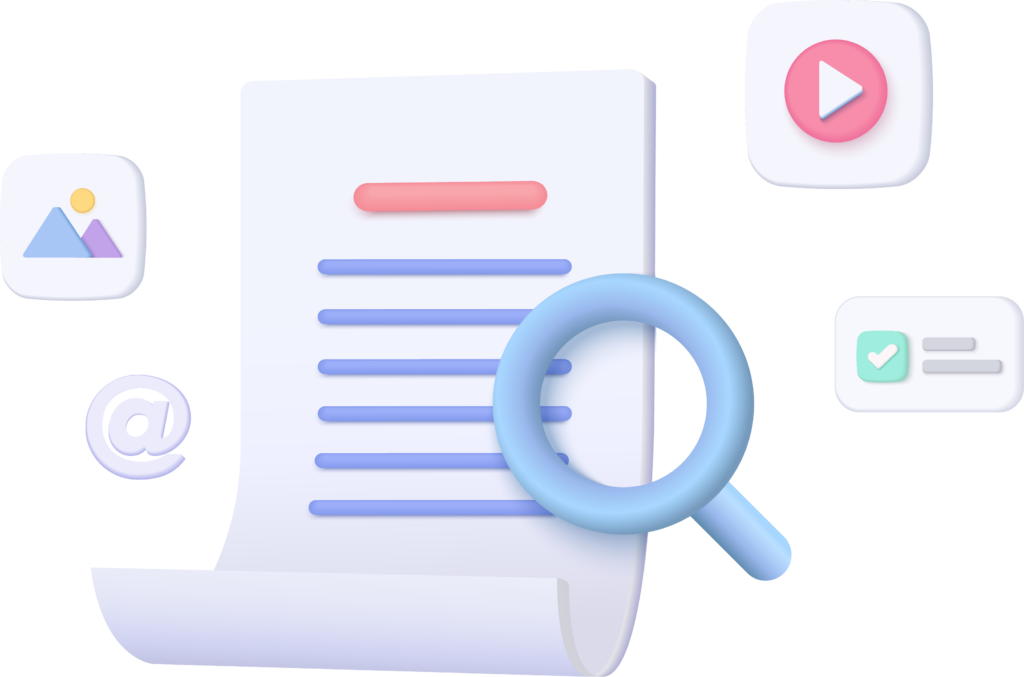The differences between blogs and articles come from purpose, audience, and format. Both forms of content have unique strengths and serve different purposes.
Breaking Down Blog vs. Article Structure
A blog is a website or section of a website that features regularly updated content, usually written by an individual or a small group of writers. Blogs can cover a wide range of topics, from personal reflections to news and analysis, and they often feature a mix of text, images, and videos. The primary purpose of a blog is to provide a platform for the author to share their thoughts, ideas, and experiences with a broader audience and to engage with readers through comments and other forms of interaction.

Some common uses of blogs include:
- Self-expression: Blogging allows individuals to share their opinions, thoughts, and experiences with a broader audience. It can be a form of personal expression and catharsis.
- Building an audience: Blogging can be a way for individuals to build an audience and establish themselves as experts in a particular field or topic.
- Networking: Blogging can also be a way for individuals to connect with others who share similar interests and establish professional connections.
- Making money: Some bloggers make money through advertising, affiliate marketing, sponsored posts, or selling their products or services.
- Educating: Blogs can inform others about a specific topic or field.
On the other hand, an article is a piece of writing typically published in a magazine, newspaper, or online news site. Journalists, experts, or researchers often write articles that tend to be more formal and informative than blog posts. They are typically based on research and aim to provide an in-depth analysis of a specific topic. The primary purpose of an article is to inform, educate, or entertain the reader, providing them with new information or perspectives.
Some common uses of articles include:
- Sharing knowledge and expertise: Articles can be a way for experts and researchers to share their knowledge and insights with a broader audience to educate and inform others about a specific topic or field.
- Providing in-depth analysis: Articles can provide in-depth analysis and investigation of a specific topic, issue, or current event, to provide a deeper understanding and context for the reader.
- Offering new perspectives: Articles can also offer new perspectives on a topic, issue, or current event by providing alternative viewpoints, which can challenge the reader’s assumptions and broaden their understanding.
- Building a reputation: Publishing articles in reputable publications can establish the author as an authority in their field and help to build their reputation as a thought leader.
- Entertaining: Articles can also entertain the audience by providing exciting and entertaining content on various subjects.
Differences Between Formating Between Blogs and Articles

In terms of format, blogs are more conversational and less structured than articles. Blog posts are often written personally and may include lists, bullet points, and images to break up the text. On the other hand, articles tend to be more structured. There is no specific format for an article, as the format may vary depending on the publication or the article’s type.
Most articles follow a similar structure, which includes the following elements:
- Headline: The headline or title of the article should be attention-grabbing and accurately reflect the content of the article.
- Introduction: The introduction should provide background information on the topic and grab the reader’s attention while giving the article’s thesis or central point.
- Body: The body of the article should provide more in-depth information on the topic, including facts, statistics, and quotes from experts or sources. It should also include the author’s analysis and interpretation of the information.
- Conclusion: The conclusion should summarize the article’s main points and provide any final thoughts or recommendations.
- Byline: The byline should include the author’s name and any relevant information about their qualifications or experience.
- Images and captions: Images and captions can break up the text and add visual interest to the article. They should be relevant to the article and provide additional information.
- Sources: Any sources used in the article should be cited appropriately in the text or a separate section.
It’s important to note that some publications may have specific formatting guidelines and conventions, so it’s a good idea to check with the publication before submitting an article.
Blogs and Articles Differ in Purpose, Audience, and Format.

Blogs and articles are both forms of online content, but they differ in purpose, audience, and format. Blogs are typically written by individuals and aim to engage readers through personal reflections, while experts write articles to inform and educate. Blogs are more conversational and less structured, while articles are more formal and structured. Blogs serve as a platform for individuals to share their thoughts, ideas, and experiences and build a community around a shared topic or cause. They can also be used as a marketing tool to promote a business or brand.
On the other hand, articles are focused on providing in-depth analysis and expert insights on a specific topic, issue, or current event to educate and inform the reader. They also offer new perspectives and can establish the author as an authority in their field. Both forms of content have unique strengths and can serve different purposes, but they both play an essential role in providing information and engaging readers in a digital era.

